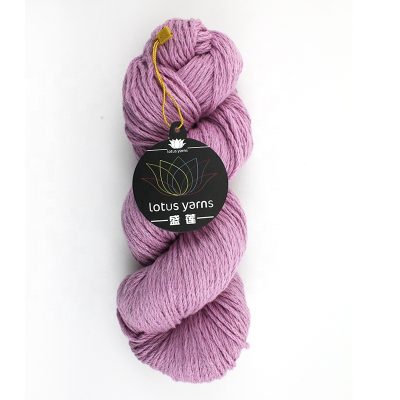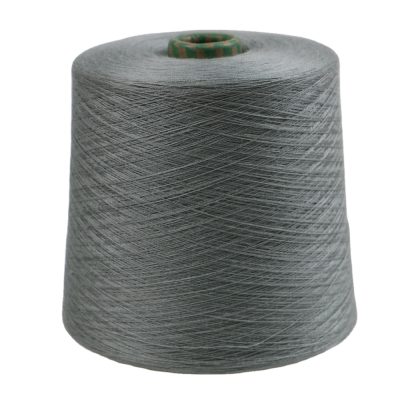The biggest difference between semi-worsted spinning and traditional wool spinning and wool spinning technology is that it integrates cotton spinning technology and wool spinning technology to form a new type of multi-component mixing technology. Carding machines, draw frames, roving frames, and spinning frames for cotton spinning; the latter is the winding, doubling and two-for-one twisting equipment for worsted spinning. The change of equipment and technology solved the problems that the original wool spinning equipment could not solve.
Semi-worsted spinning can realize the successful blending of natural materials such as cotton, wool, silk, and linen with other new man-made fibers and chemical fibers. The raw materials of wool spinning and semi-worsted spinning cover natural fibers such as cashmere, wool, spun silk, rabbit hair, cotton, ramie, soy protein fiber, milk protein fiber, tencel, modal, bamboo fiber, viscose fiber and other man-made fibers. The successful blending of acrylic, polyester, nylon and other chemical fibers has an extremely rich product structure.
Woollen spinning is a spinning method of wool spinning. The spun cashmere is of relatively thick count, and the price is low. The wool yarn has poor properties and is easy to pilling and deform. The count of semi-worsted spinning is roughly 28/2. Compared with woollen spinning, the price is higher and the properties are better. Worsted cashmere is the best, the count is above 2/48, and the products made are soft and delicate. Very comfortable to wear and keep warm. But this kind of yarn is very expensive, commonly known as “soft gold in wool yarn”. About 1800 yuan/kg or more.
There are two types of cashmere high-count yarn production lines that have appeared in China, semi-worsted spinning and full-worsted spinning. Semi-worsted spinning can be spun below 16.67tex without combing to remove short fibers, which can meet the needs of general light and thin fabrics, and the yarn formation rate is relatively high and the cost is relatively low. Worsted yarns need to be combed to remove short fibers. The spinning count can reach 10tex, but the cost is relatively high, and due to yarn strength problems, it often needs to be blended with other fibers, which is suitable for special light and thin fabrics. Therefore, the development and production of semi-worsted cashmere yarn, after woollen cashmere yarn, is increasingly being valued by domestic and foreign cashmere yarn markets.
























